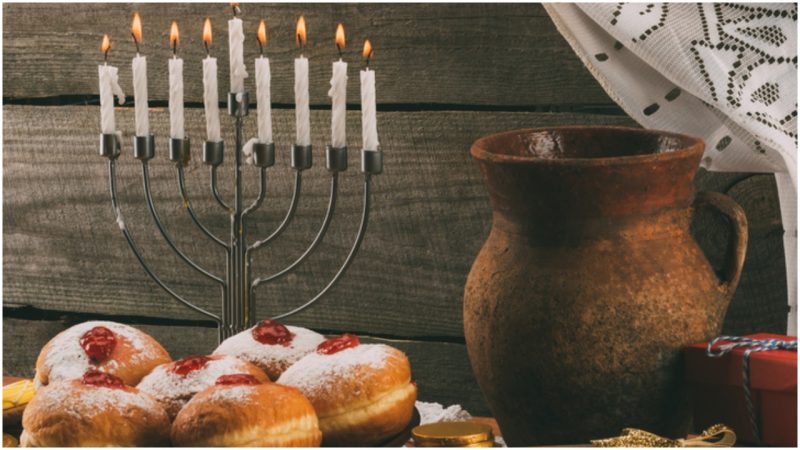Hanukkah is the Jewish holiday which celebrates the rededication of the Holy Temple in Jerusalem at the time of the Maccabean Revolt against the Seleucid Empire, a Hellenistic state that had emerged after the division of Alexander the Great Empire in the second century BC.
The Holy Temple is regarded to have been situated on the Temple Mount, within the Old City of Jerusalem, where today lies the Dome of the Rock and Al-Aqsa Mosque. Back in the day, it has resembled a fully functioning and much appraised Israelite site of Jewish worship.
Historically speaking, the Maccabean Revolt was an answer to the influence of the Hellenistic state on the Jewish way of life. The very name “Hanukkah” derives from the Hebrew verb “to dedicate”, as the Maccabean Jews regained control of Jerusalem and rededicated the Temple.
In honor of these historic events, Hanukkah is observed for eight nights and days, starting on the 25th day of Kislev, in alignment with the Hebrew calendar.However, a date which may take any time from late November to late December if considered the Gregorian calendar.
Hanukkah is also known as the “Festival of Lights” or “Feast of Dedication”, and the Menorah, an authentic candelabra which has nine distinct branches, is one of its major symbols.
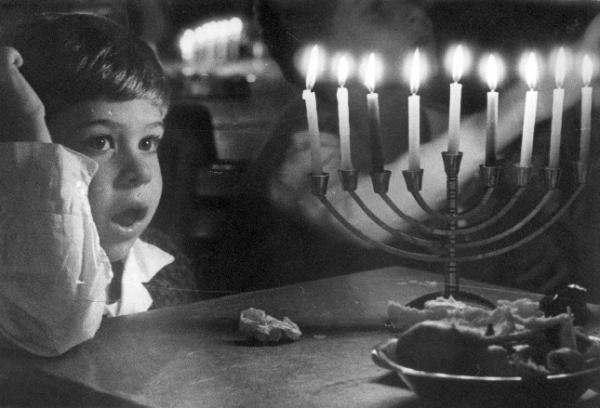
It would be the Jewish historian Titus Flavius Josephus who would first narrate how the victorious Judas Maccabeus had ordered eight-day celebrations at an annual base, after the Temple in Jerusalem had been rededicated in the hands of the Jewish community. In his writings and records, Josephus does not mention that the festival was called Hanukkah, but that it was named “Festival of Lights”.
The menorah always comes with a distinct position of the shamash, and with it, the other eight candles are being lit. During the 70’s of the previous century, the Chabad Hasidic movement has initiated a public menorah lightings at open public places in various countries around the world.
Hence, one of the most recognizable observations of the Hanukkah is the kindling of the lights of the Menorah. Night after night, people who celebrate Hanukkah would lit one candle of the menorah after another. It is done with the help of a special and additional ninth candle holder, called shamash or “the helper”.
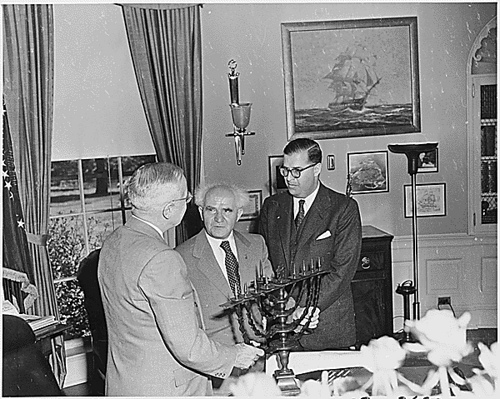
The menorah remains as one of the most notable ways of appreciation towards the eight holiday days of Hanukkah. After the first candle is lit, children also start to play the Dreidel game. There are also a couple of other lesser known rituals that add to the general celebrations as well.
A truly intriguing fact is that Hanukkah is also celebrated by eating fried foods, such as latkes (potato pancakes), jelly doughnuts(sufganiyot), and Sephardic Bimuelos, hence having food placed as one of the central parts of the celebrations.
Moreover, this is a greasy food, but with a specific purpose- to commemorate the importance of oil.
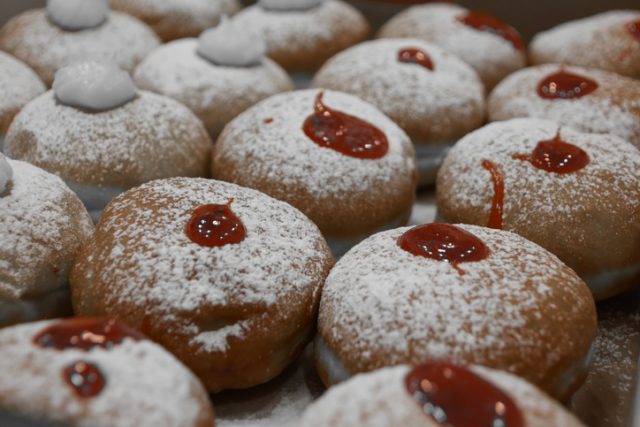
Why so? The ancient Scroll of Antiochus, which recounts the story of Hanukkah and the history of the victory of the Maccabee, reads the following: “…After this, the sons of Israel went up to the Temple and rebuilt its gates and purified the Temple from the dead bodies and from the defilement. And they sought after pure olive oil to light the lamps therewith, but could not find any, except one bowl that was sealed with the signet ring of the High Priest from the days of Samuel the prophet and they knew that it was pure. In it, there was enough oil to light the lamps therewith for a day, but the God of heaven whose name dwells there put therein his blessing and they were able to light it for eight days.”
This passage depicts the ceremonial ambient of the rededication of The Holy Temple and refers to the miraculous appearance of pure olive oil. Most certainly, it elevates as a very special moment, filled with joy and honor, hence the “sons of Israel” take a vow to observe it in the eight days of the Hanukkah celebrations.
The classic Hanukkah doughnuts have become one of the most popular Hanukkah treats. They’re deep-fried and most often filled with jelly or custard. They’re also topped with powdered sugar. They’re an inevitable part of the Hanukkah commemoration of the miracle associated with the Temple oil, in the above-mentioned extract from the Scroll of Antiochus.
For years now, as Hanukkah is approaching, bakeries and grocery stores take on momentum and build excitement around the holiday, by selling all types of sufganiyot individually or by the box. They’re a favorite treat for school and office parties around Israel.
Angel Bakeries, one of the largest Israeli bakeries, is said to fry up more than 250,000 sufganiyot every day during the 8-day festivities. Local newspapers also add to the frenzy by allowing food critics each year to rate the best sufganiyah for the season.
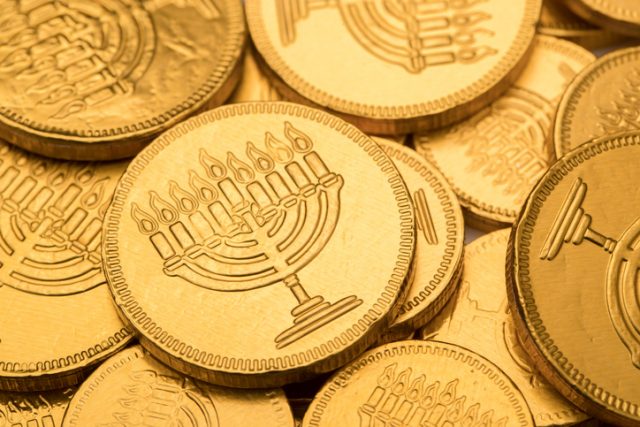
Daily prayer service and special blessings that are given after each family meal during Hanukkah are also part of the general celebrations. Books and board games are common gifts exchanged during the holiday.
Read another story from us: The origins of Boxing Day, the day after Christmas
Finally, Israel is the perfect country to celebrate and experience this festival. The special significance of celebrating Hanukkah there can be expressed by the words “Nes Gadol Haya Po,” which mean “A great miracle happened here!”
